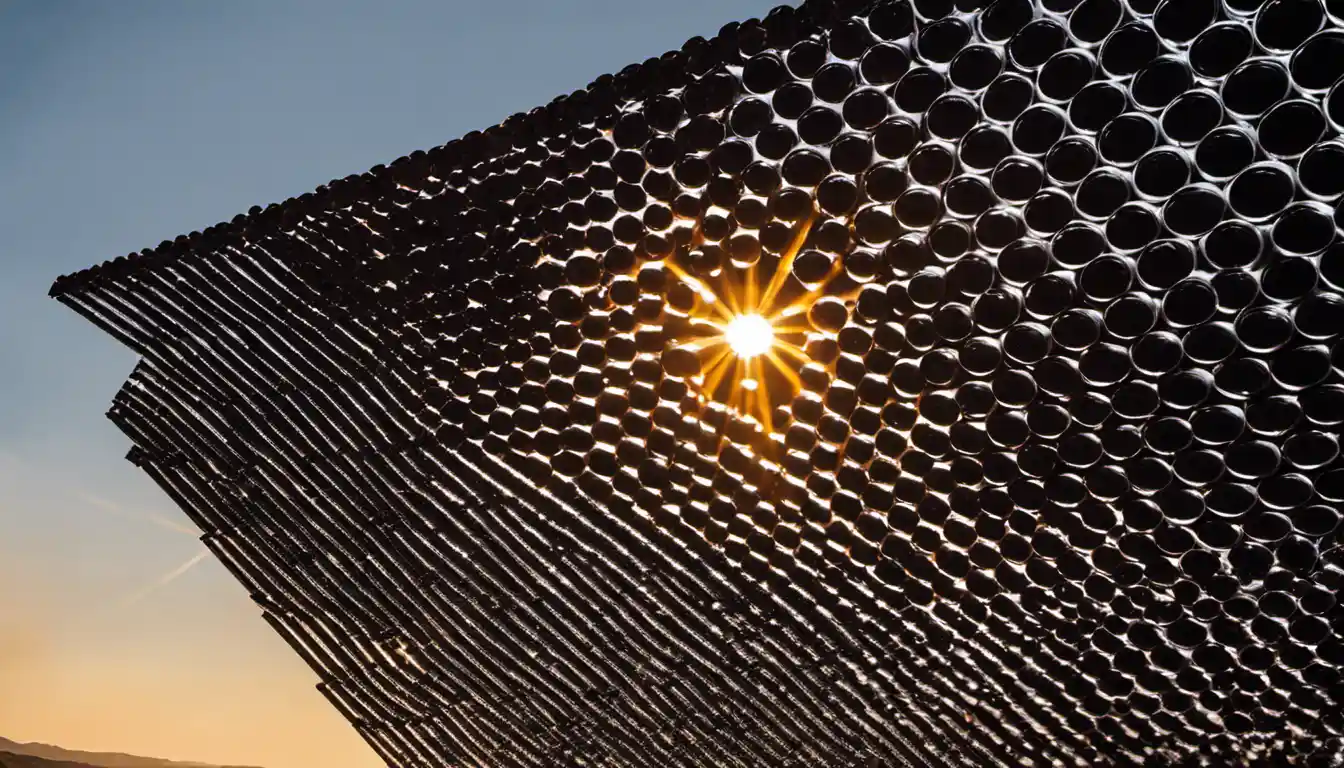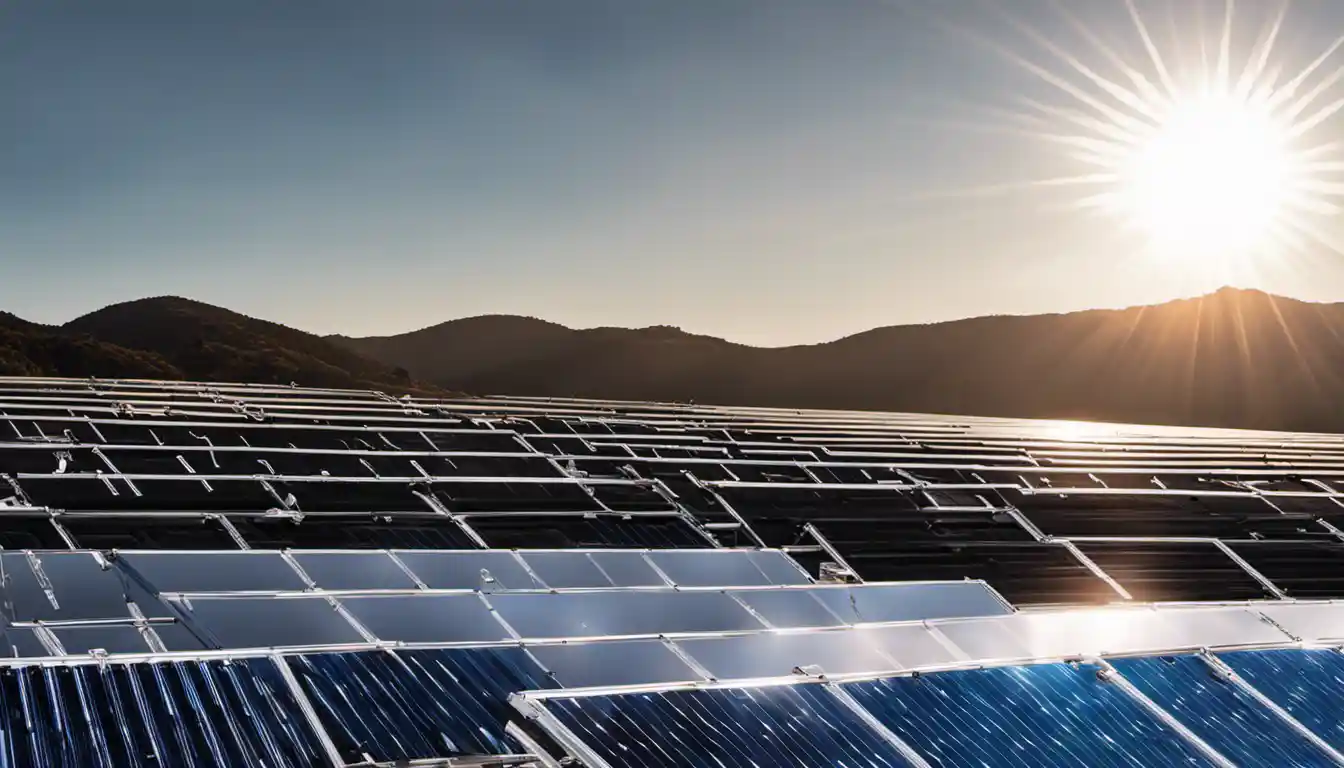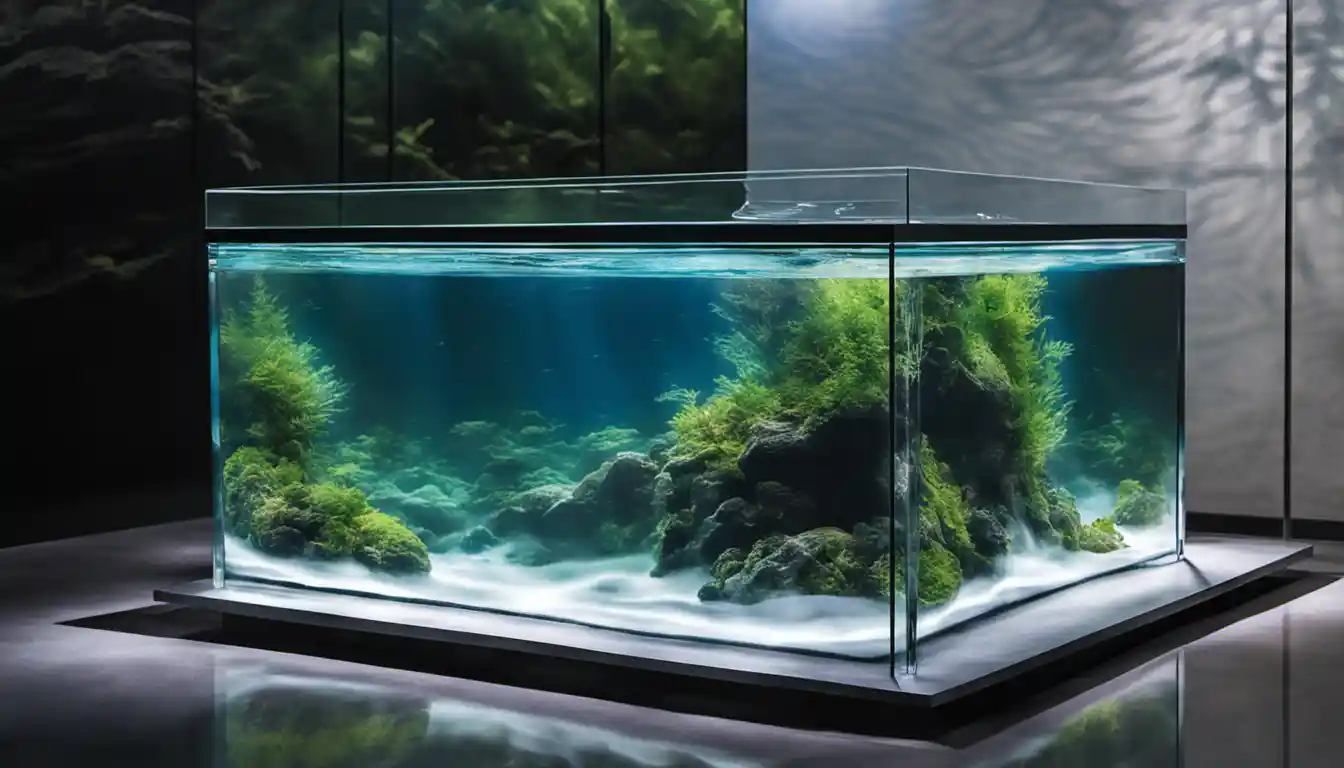Introduction to Solar Water Heater Systems
There are several types of solar water heater systems, primarily divided into passive and active systems. Passive systems use natural convection to circulate water, with main types being integral collector-storage (ICS) systems and thermosyphon systems. Active systems use electric pumps and controllers to circulate water, and are typically direct or indirect circulation systems.
Benefits of Solar Water Heaters
Solar water heating is a cost-effective way to heat water year-round, even in the coldest or foggiest climates. By relying on the sun, a consistent and renewable resource, we reduce our dependency on conventional fuel sources, which not only sway with market changes but also contribute to environmental pollution. In fact, one of the primary benefits of solar water heaters is their inherent sustainability and efficiency. They reduce your carbon footprint while cutting down on energy bills.
How Solar Water Heaters Work
Without getting too technical, the simplest explanation is that a solar water heater transfers heat from the sun to increase the temperature of the water storage. Depending on the type, they may directly heat the water or heat a ‘working fluid’ that’s then used to heat the water. To understand it in-depth, consider visiting What is Solar Water Heating page.
Solar Water Heating System Types
Now that we’ve got the basics covered let’s dive into the different types of solar water heating systems.
Direct System

In direct systems, also known as active systems, the water is directly heated by solar energy. A pump circulates household water through the collectors and into the home.
How a Direct System Works
Solar collectors are typically installed on the roof. These collectors are designed to absorb the warmth from the sun’s rays and transfer it directly to the water. The heated water is then returned to the house.
Advantages of a Direct System
Direct systems are extremely efficient as they heat the water directly. They’re especially suitable for regions where it doesn’t commonly freeze.
Disadvantages of a Direct System
Given that water is directly heated, these systems are prone to freezing in colder climates. They also have more moving parts and complexity, thus require somewhat more maintenance than passive systems.
Indirect Circulation Systems (ICS)
Indirect systems differ from direct systems in that they heat a fluid, which then heats the water.
Operation of an ICS System

In these systems, a pump moves an antifreeze fluid through the solar thermal collectors, which then heats up by absorbing the sun’s heat. The heated fluid then passes through a heat exchanger, which transfers the heat from the fluid to the water in the hot water tank.
Advantages of an ICS System
Indirect systems offer protection from freezing conditions and overheating. They are better suited for homes in areas with freezing winter temperatures and/or hard water.
Disadvantages of an ICS System
One of the main drawbacks is the higher complexity, and consequently, higher cost and maintenance involved due to the use of additional equipment like pumps and controllers.
Thermosyphon System
This is a type of passive system where the solar collector is installed below the storage tank, allowing the warm water to rise into the tank.
The Mechanics of a Thermosyphon System

As water warms, it gets lighter and naturally rises into the tank. This natural circulation of water, owing to changes in water density with temperature, is the driving principle of thermosyphon systems.
Advantages of a Thermosyphon System
The passive nature of circulation in a thermosyphon system makes it inherently reliable and relatively low-maintenance.
Disadvantages of a Thermosyphon System
On the flip side, they’re less efficient than active systems due to slower water circulation, and the heavier weight of the storage tank on the roof might have structural implications.
Comparing the Different Types of Solar Water Heating Systems
When comparing different types of solar water heating systems, consider factors like your geographical location, the amount of sunlight your home receives, your budget, and the expected maintenance effort.
The Case Against Using Solar Electric Power for Water Heating
Despite its benefits, using PV (photovoltaic) solar panels to heat water is typically far less efficient and cost-effective than these solar thermal systems we’ve discussed. That’s because solar thermal collectors are generally much better at converting sunlight into heat than photovoltaic systems are at converting it to electricity. Hence, even though solar water heating systems need more space, they offer a higher return on investment.
This article provides an overview of the types of solar water heater systems. For an in-depth understanding, a local solar installer can help you choose and install the most appropriate system for your home. Besides, don’t forget to consult professionals to optimize your ROI and contribute towards a sustainable future.



